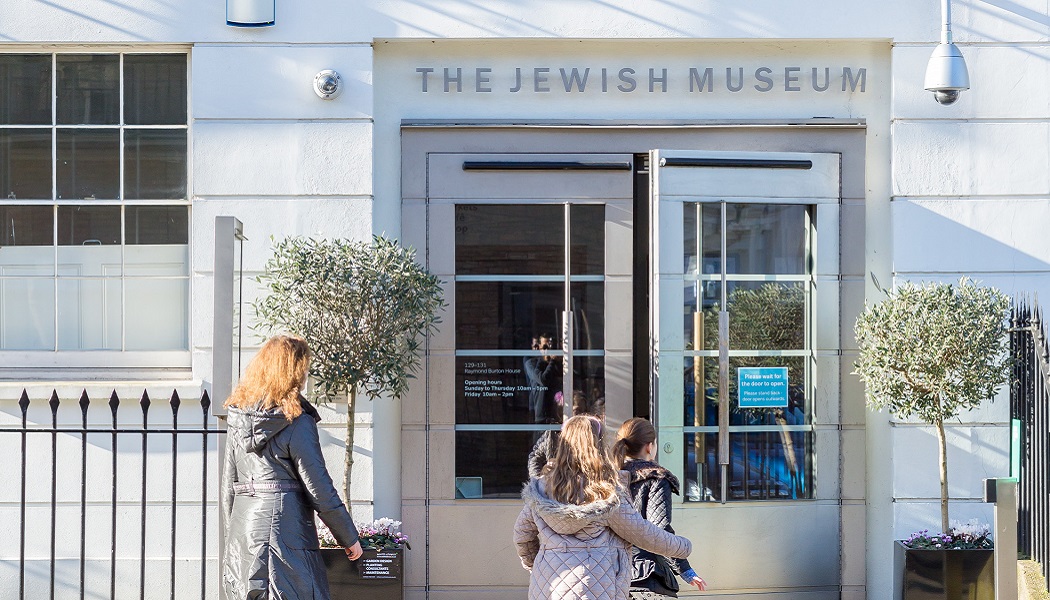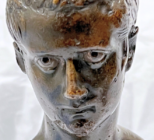Jewish Museum London is preparing to close its current site in Camden, in a move to free up capital and find a venue with increased space.
It will sell its Grade II Georgian town house, linked to a warehouse-style building, in a move it said would release funds for “interim operational costs, contribute towards the new museum site, and seed money to support the future capital campaign”.
The museum said rising costs have prevented its return to producing temporary exhibitions, and the sale of the location “reflects the need to make the museum more sustainable into the future.”
It is expected to close its doors by the end of July.
The Jewish Chronicle reports that Nick Viner, the chairman of the museum’s trustees said “it could be three-to-five years before we can put our vision for a new museum fit for the 21st century into practice.”
The museum said it has been unable to meet all the demands of its schools programme in the current site, and its exhibition space is “relatively small, and is not sufficient for the future ambitions of the organisation”.
During its move, its collections will be put into specialised storage. Its collections team will continue working on projects, its learning team will continue its programmes, and access for researchers to objects online will continue.
The museum is currently in discussions with partners about temporary exhibition and education spaces for the collection. It is working with Camden Council on its transition plan, including proposals for temporary exhibition and education spaces. Precise timings are still to be announced.
Since reopening post-pandemic, the museum’s model of operation changed from programmes for the general public, such as temporary exhibitions, in order to focus on a new learning and engagement model, working with audiences including schools, families and older people.
Viner said the museum is “at a crossroads”.
“Our decision to sell the current building is not taken lightly, but as trustees it’s our responsibility to consider the longer-term sustainability of the museum.
“As the collection leaves Albert Street for a new temporary home, it will also create opportunities to experiment, as we develop the new vision for Jewish Museum London together with all our stakeholders.”
Georgia Gould, Leader of Camden Council said the museum is “a nationally important institution with its roots in Camden. At a time of rising antisemitism its significance cannot be overstated.
“The museum’s work in education, exhibitions, dialogue and as a definitive archive of Jewish life makes an extraordinary contribution to London and beyond. We are excited to support its continuing development as the museum approaches its centenary.”
The museum is also in discussion with both Arts Council England and The National Lottery Heritage Fund on its future plans.
Stuart McLeod, Director of England – London & South at The National Lottery Heritage Fund, said the museum’s “global importance means that it needs to evolve into its next centenary and ensure it is accessible to all. We remain in active discussions to help secure the best possible future for Jewish Museum London and look forward to working with the team.”
Tonya Nelson, London Area Director, Arts Council England said: “We are aware of the challenges being experienced by Jewish Museum London and are working closely with the board, the leadership team and stakeholders to support the museum as it addresses its financial resilience and determines the options available to them.”
A new lending library of museum collections objects has been created with planned loans to different regions from autumn 2023.
20,000 school students per year now engage with the museum’s programmes, and over 600 older people per year in Jewish and other care homes, both in person and online, participate in reminiscence programmes based around the museum’s collections.
The museum said initiatives such as these are planned to continue after the museum has left its current building for a temporary home.










